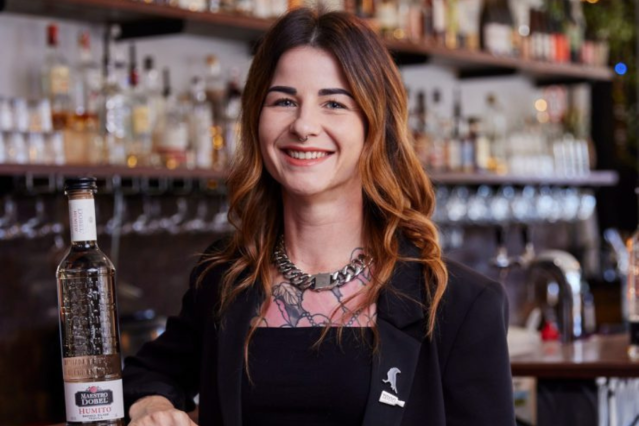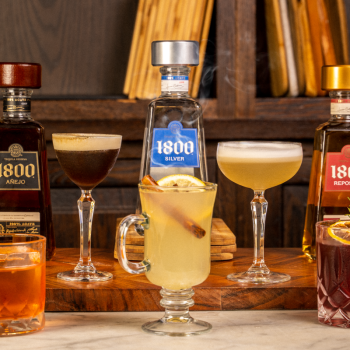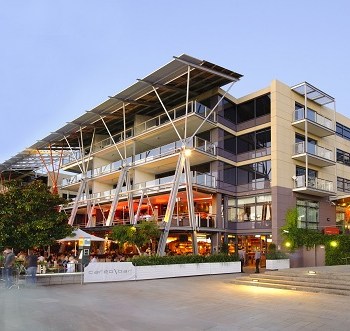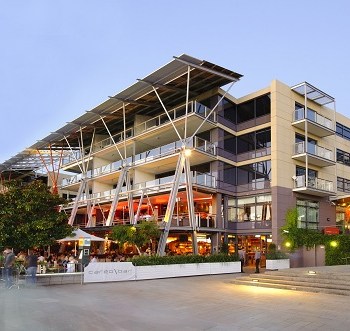Proximo’s Spirits Specialist Hayley Dixon spoke to Bars and Clubs about the opportunity offered by tequila in the cooler months, and why this category is so popular with Australians.
Recent reports have identified Australia as one of the world’s top tequila markets. This is perhaps unsurprising, considering the climate and culture of the country, with summery drinks like Margaritas increasingly popular among LDA Australians.
However, for Hayley there remains opportunities for tequila as the temperature dips, particularly in ‘classic’ cocktails that have traditionally used other base spirits.
“So with a lot of people, when they think about tequila, their minds pretty much immediately go to that summer – Margarita and shots,” Hayley says.
Showcasing the adaptability of agave spirits, 1800 Tequila, a Proximo brand, has produced a series of winter cocktail recipes that include its products in place of the conventional whisky or gin.

“By trying to recreate these drinks that you would typically see consumed in winter, like the Whiskey Sour, the Old Fashioned, the Irish Coffee, we’re hoping to showcase a little bit more about tequila’s versatility, break down those barriers, and express that you can use it year-round,” Hayley says.
“Just like whiskey can go from a light and refreshing Highball, to a stirred down boozy Manhattan, so too can tequila.”
Here Hayley makes particular reference to depth of the 1800 range, saying: “Because we’ve got Silver, Reposado and Añejo – we do have that full spectrum across the flavour profile.”
Bars and Clubs asked Hayley why bartenders around Australia should consider switching out the base spirit for Tequila.
“Classic cocktails are classics for a reason, they really have stood the test of time, and they’re amazing drinks with simple ingredients,” Hayley says.
“These are things that people can remember, and that are easy to make. But by doing a simple substitution, we bartenders call it the ‘Mr. Potatohead method’ of making a cocktail, where you just take your base ingredient and swap it out and keep everything else the same.
“What that does is creates a whole new flavour profile, or in some cases, something that hasn’t been done before.
“When we talk about classic cocktails, especially ones that are typically made with gin and whiskey, by using tequila, you can recreate the flavour profile, but tequila tends to be that little bit sweeter, which might be favourable for a lot of consumers,” Hayley continues.
“That might depend on what tequila you use – but it creates something new, something a lot of people haven’t tried before, which is exciting for a lot of consumers at the moment.”
See the recipes here.
With tequila on the rise more broadly across Australia, Bars and Clubs asked Hayley to assess why the spirit is increasingly popular with Aussie drinkers.
“Australia specifically is a nation of quality drinkers, and by that I mean, we’re pretty content to spend a little bit more, drink a little bit less, and focus on that kind of quality of over quantity,” Hayley explains.
“The premiumisation trend, it was really accelerated during lockdown, and it plays pretty perfectly into the tequila category.
“It’s such a labour-intensive process and very time consuming to make tequila, so they will be typically a little bit more expensive than, you know, your entry level vodkas and things like that,” Hayley continues.
“When we talk about tequila, obviously small local producers are in Mexico, so we do see a lot of support behind brands for that reason as well, and most of these small producers, their products tend to be a little bit more expensive, obviously.
“That plays into Australian consumer culture quite a lot as well.”
Another major trend in the category that Hayley has identified is the move away from ‘mixto’ tequilas, and towards 100 per cent agave spirit. Mixto is a classification of tequila which only requires 51 per cent blue agave sugars, with the other 49 per cent permitted to be made from any other kind of sugar – typically sugar cane or corn syrup. These are generally considered lesser quality spirits than their 100 per cent agave counterparts.
“Australia is actually one of the leaders in drinking 100 per cent agave tequila over mixto. Mixto was actually the number tequila around the world, but we’ve seen that shift.
“So again, playing into that ‘we’re happy to spend a little bit more but drink a little bit higher quality’ [trend],” Hayley says.
“In Australia we tend to drink a little bit differently.”
While this shift in tequila drinking habits has been accelerated by the at-home occasion during lockdowns, and by the retail sector, Hayley believes there is still a place for the on-premise when it comes to developing the category.
“Because tequila and mezcal are still emerging categories, and because the majority of people are still in that learning and experimenting stage, the on-premise serves a really important role in the success of our retail market, because need bartenders to try to educate consumers and to sell to consumers.
“That’s why we focus a lot of our education on on-trade, because they pass that knowledge on to the consumer as well,” Hayley concludes.



